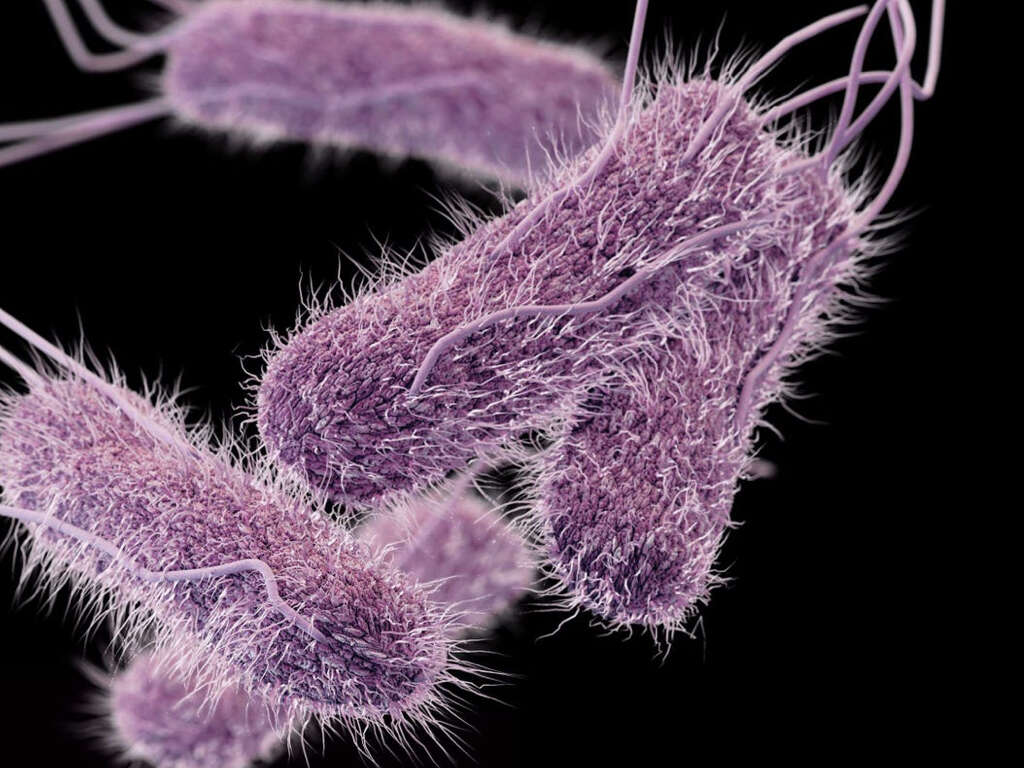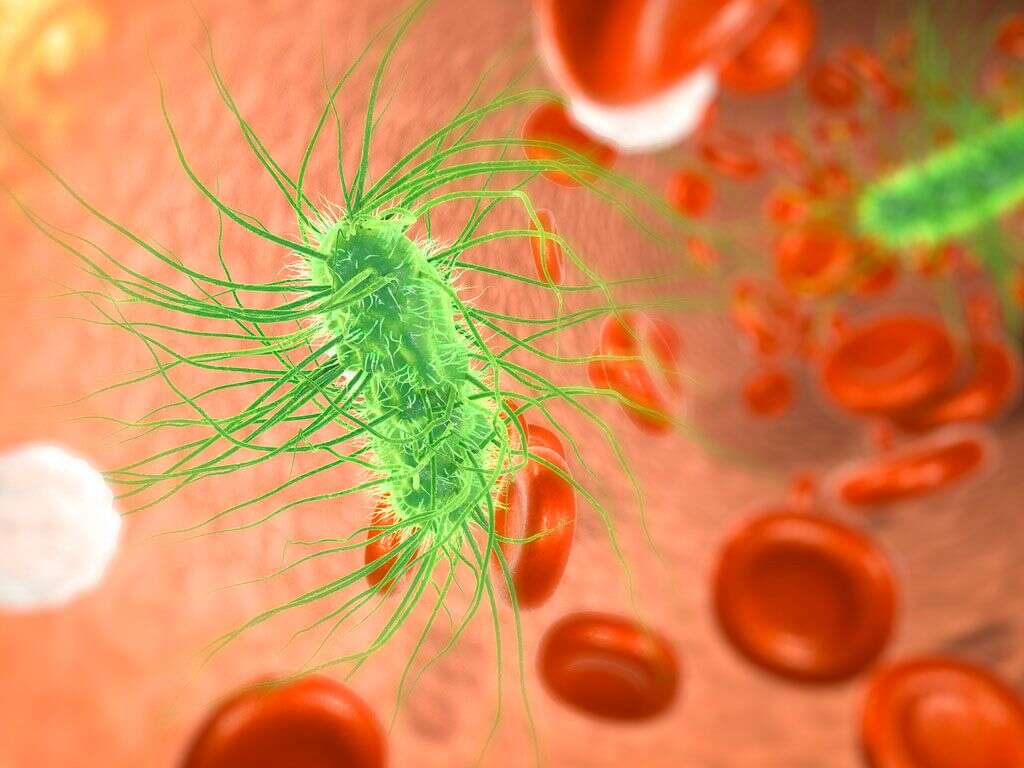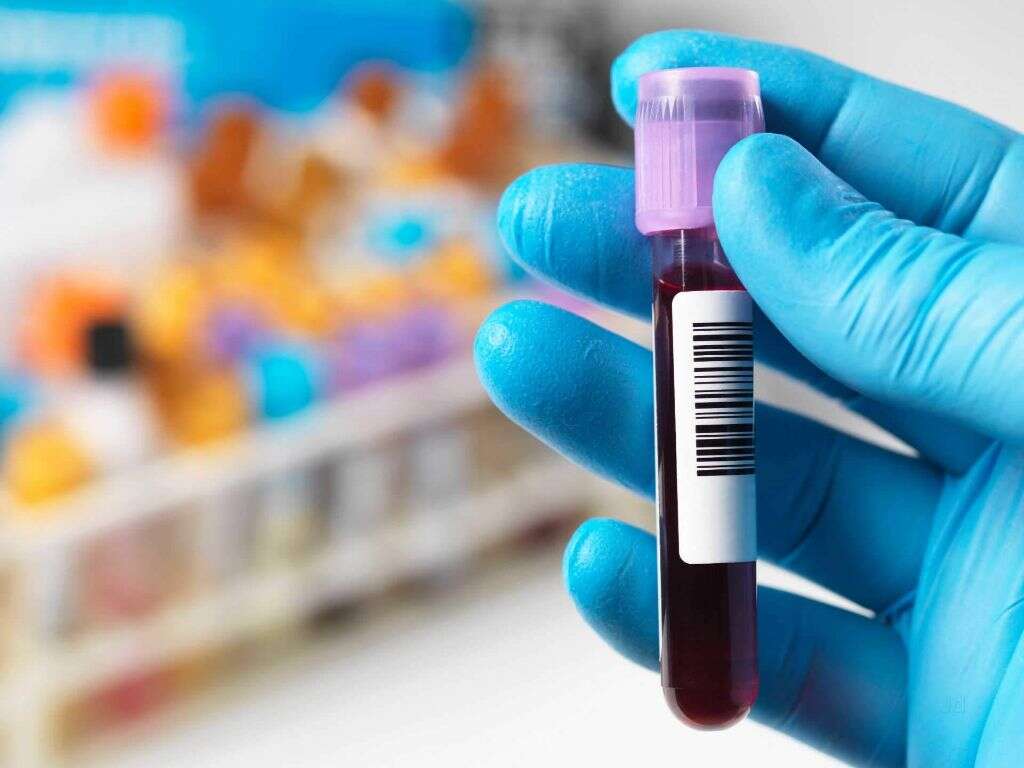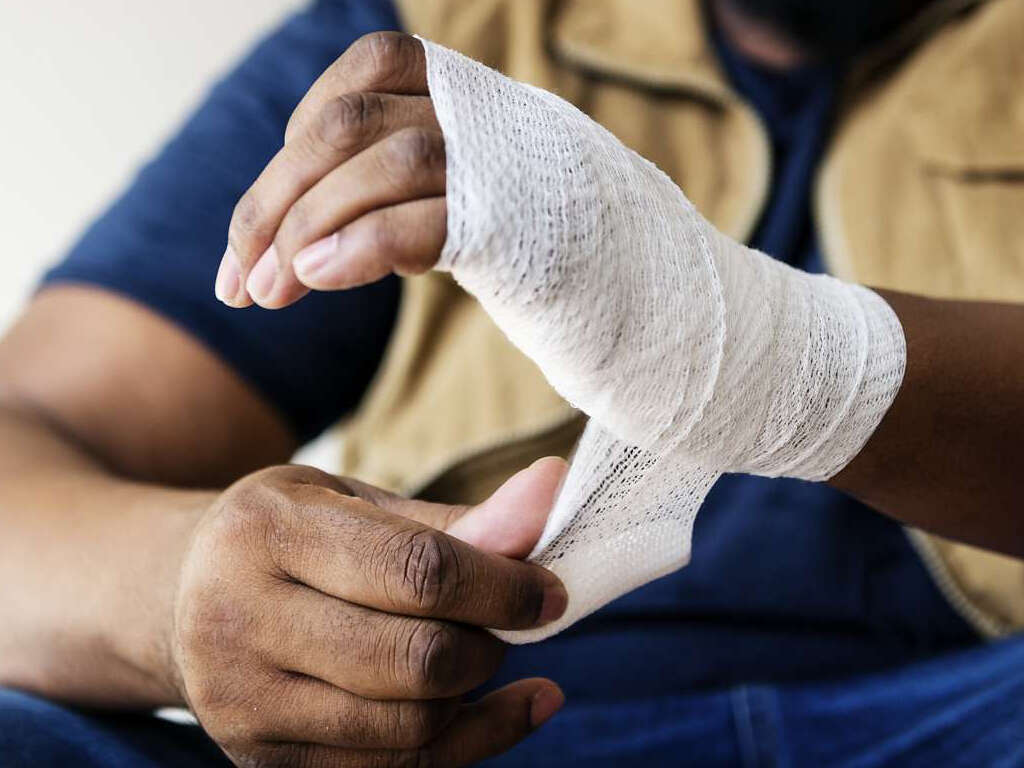10 Gangrene Symptoms
4. Discharge
Recall that wet gangrene involves bacterial infection in the affected region. Bacteria degrade dead or necrotic tissue, causing its decomposition and producing foul-smelling products, in a process known as putrefaction. This process rarely occurs in dry gangrene, because the low levels of oxygen make it difficult for bacteria to thrive and degrade tissue. However, it is possible for dry gangrene to progress to wet gangrene. Common features of wet gangrene include swelling, a wet appearance of the lesion, and the formation of fluid-filled blisters and sores. Additionally, a foul-smelling discharge or pus can derive from these infected lesions (i.e. blisters that rupture).
Another type of gangrene, known as gas gangrene can also produce a discharge with a sweet odor. Unlike other gangrenes, the discharge in this infection is not purulent or pus-like. Instead, it is usually labeled as “dishwater pus”, which means that it has a thinner consistency than normal pus. This is attributed to the effect of certain enzymes and toxins released by the bacteria on white blood cells (neutrophils).
Advertisement












